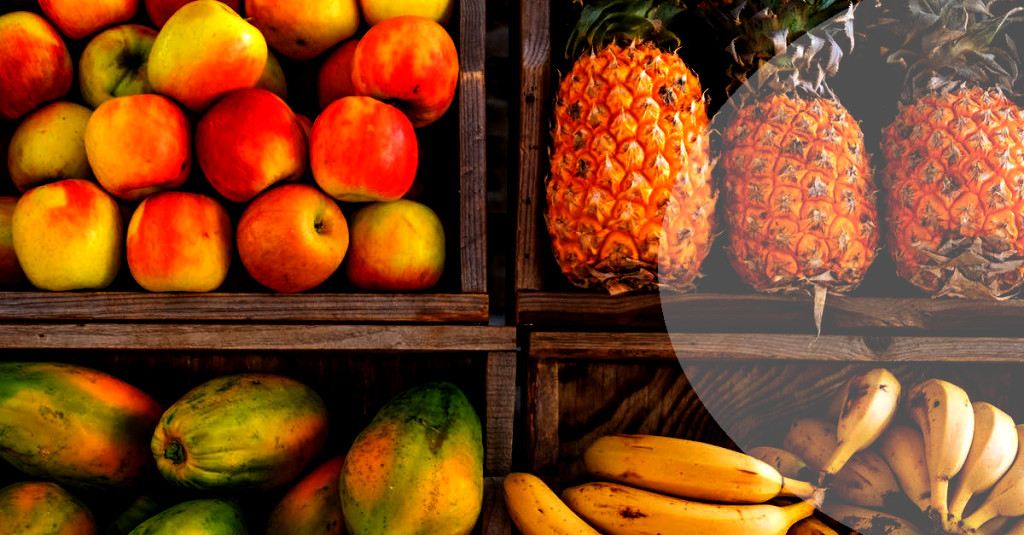Best way to grow tangerines

All About Tangerines: Tasty Morsels of Sunshine

As a fruit-lover and garden enthusiast, growing tangerines in your own yard is a rewarding experience. Not only do these delicious, little citrus fruits offer a healthy snack, but also help create a beautiful garden. In this article, we will uncover the ins and outs of tangerine tree cultivation to help you get started on reaping your delightful harvests.
Plant the Seed: Choosing the Right Tangerine Tree

Tangerines are small, orange citrus fruits closely related to mandarins. They are known for their easy-to-peel skin and sweet, tangy flavor. With various types available, each offers a unique taste and appearance. From the popular Clementine to the tart Dancy, there's a tangerine variety out there for everyone's taste.
Zones of Sunshine: Where Tangerines Thrive
To grow a thriving tangerine tree, start by selecting the best variety for your climate and personal preferences. Some great options for tangerines are Clementines, Dancy, and Honey varieties. Sites like Citrus.com provide a wide variety of citrus trees for you to choose from. Additionally, the US Department of Agriculture's Plant Hardiness Zone Map helps you identify the variety that best suits your area.
Sunshine's Embrace: Planting Your Tangerine Tree

Growing a flourishing tangerine tree typically requires warm, Mediterranean climates. Most tangerine varieties are hardy in USDA Zones 9-11. Ensure that your region provides enough warmth and sunlight for optimal fruit production.
Location, Location, Location: Finding the Perfect Spot
It's crucial to prepare a favorable environment for your tangerine tree to flourish. Follow these steps for a successful planting experience:
Happy Roots: Soil Preparation and Drainage
Choose a sunny location that receives at least six hours of direct sunlight daily. Don't forget to consider the mature size of your tangerine tree when selecting a site. Ideally, plant your trees at least 12 feet apart to provide ample space for growth.
Planting Day: Welcoming Your Tangerine Tree
Tangerine trees thrive in well-drained, slightly acidic soils (pH 6.0-6.5). To improve drainage, consider planting your tree on a slope or on a raised mound. Make sure to perform a soil test and amend it accordingly if needed.
Growing Success: Tangerine Tree Maintenance
After finding the perfect spot with the right soil conditions, it's time to plant your tangerine tree:
- Dig a hole twice as wide and just as deep as the tree's root ball.
- Carefully remove the tree from its container, gently teasing the roots apart if they appear pot-bound.
- Place the tree into the hole, ensuring that the top of the root ball is slightly above soil level.
- Backfill the hole with soil, tamping it firmly to eliminate air pockets.
- Water thoroughly to settle the soil around the roots.
Water Wisdom: Keep Your Tree Well-Hydrated
Once your tangerine tree is planted, it's essential to give it the proper care to achieve a fruitful harvest:
Nutrient Booster: Fertilizing Your Tangerine Tree
During the first year, water your tangerine tree regularly and deeply to encourage a strong root system. Reduce the watering frequency once your tree is established. It's crucial to avoid overwatering, as soggy roots can lead to disease.
Snip, Snip: Pruning Your Tree
Feed your tangerine tree with a balanced, slow-release fertilizer. Apply it according to the package instructions in spring, summer, and fall to support healthy growth.
Nurturing the Future: Harvesting Your Tangerines
Prune your tangerine tree to maintain its shape and remove dead or diseased wood. Make sure to use clean, sharp pruning tools to prevent infection.
Ripeness Check: Judging Your Tangerines
Arguably the most awaited part of growing tangerines â harvesting! To ensure you're picking perfectly ripe tangerines, keep these tips in mind:
Harvest Time: Picking Your Delightful Fruits
Tangerines typically ripen 6-8 months after flowering. A ripe tangerine is firm, heavy for its size, and has a vibrant orange hue. Make sure to taste a few before harvesting en masse to confirm the right level of ripeness.
Gently twist or snip the fruit from the branch with a pair of clean pruning shears to avoid damaging your tree. Remember that tangerines do not continue to ripen after picking, so harvest only what you need and leave the unripe fruit on the tree.
By following these expert tips, you'll be savoring juicy, sun-kissed tangerines from your own fruitful tree in no time. Like any gardening experience, cultivating a thriving tangerine tree requires time, patience, and dedication. But as you relish your fresh, homegrown tangerines, you'll undoubtedly appreciate the fruits of your labor. Happy gardening!





